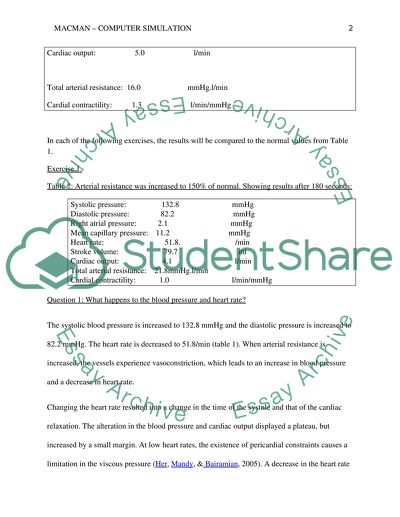Cite this document
(“Physiology and metabolism, cardiovascular system, MacMan computer Essay”, n.d.)
Retrieved from https://studentshare.org/biology/1632014-physiology-and-metabolism-cardiovascular-system-macman-computer-simuklation
Retrieved from https://studentshare.org/biology/1632014-physiology-and-metabolism-cardiovascular-system-macman-computer-simuklation
(Physiology and Metabolism, Cardiovascular System, MacMan Computer Essay)
https://studentshare.org/biology/1632014-physiology-and-metabolism-cardiovascular-system-macman-computer-simuklation.
https://studentshare.org/biology/1632014-physiology-and-metabolism-cardiovascular-system-macman-computer-simuklation.
“Physiology and Metabolism, Cardiovascular System, MacMan Computer Essay”, n.d. https://studentshare.org/biology/1632014-physiology-and-metabolism-cardiovascular-system-macman-computer-simuklation.


